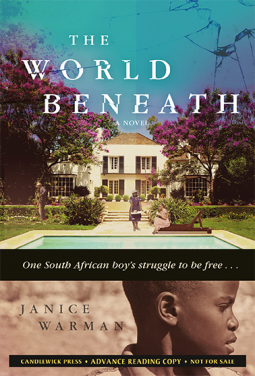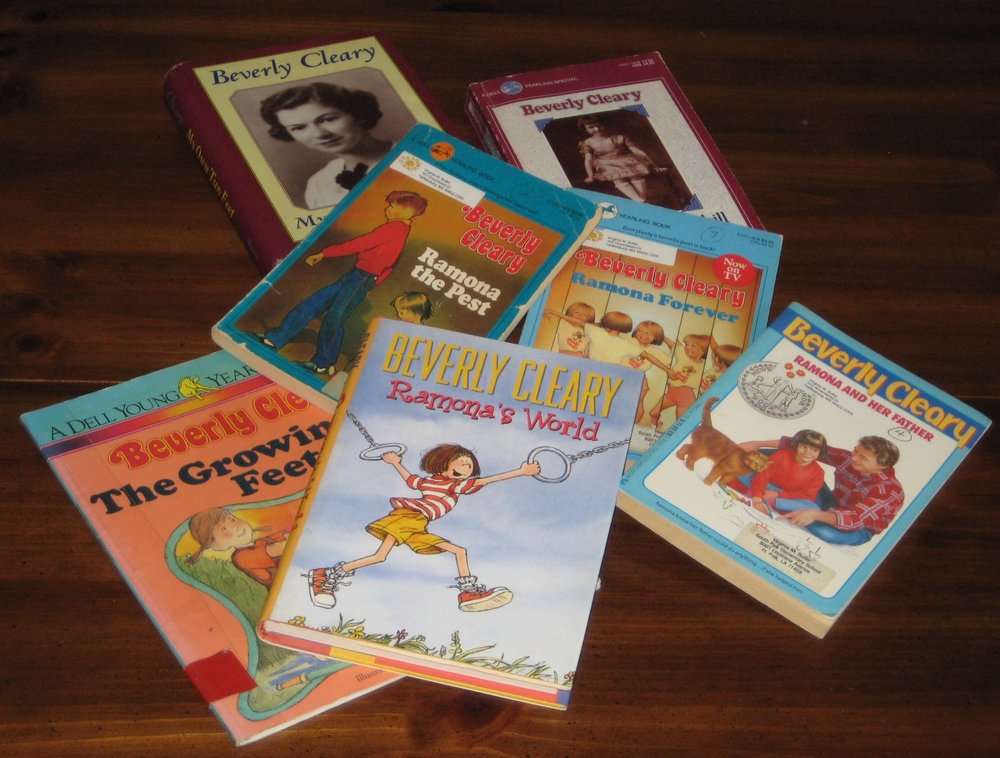 Selections for the de Grummond Book Group are only limited by target age. Any book for babies through young adults may come up for reading and discussion. This month we went back in time and selected the book Seventeenth Summer, published in 1942. It was written for adults but became popular with teens and is considered by many experts to be the first young adult novel. Adding to the intrigue, Maureen Daly wrote the book when she was still in college herself.
Selections for the de Grummond Book Group are only limited by target age. Any book for babies through young adults may come up for reading and discussion. This month we went back in time and selected the book Seventeenth Summer, published in 1942. It was written for adults but became popular with teens and is considered by many experts to be the first young adult novel. Adding to the intrigue, Maureen Daly wrote the book when she was still in college herself.
As I mentioned in Friday’s blog on my own summer between high school and college, it covers that same three-month transition of June, July, and August. Customs of the time are apparent quickly as Angie Morrow has her first dating experience this late in life. Naïve in many ways by today’s standards with more control by her parents, there is an innocence to the love story itself, yet, chain-smoking and underage drinking are handled casually.
Angie’s family story is secondary but entwined with the romance. Her father spends most of his time away working while her mother takes care of proper appearances and tries to keep Angie at home. The stability of older sister Margaret, engaged to Art, contrasts to second sister Lorraine who delivers the greatest amount of stress in the story as an older guy trifles with her affections. Ten-year-old tomboy Kitty provides a bit of humor.
It seems almost too simple for today’s teens so I checked out reviews. Early used editions were listed from $98 to $79.99, and it has been in print since its first publication. Descriptions of the book use the words “quintessential,” “enchanting,” and “perennially.” They all fit, and my guess is that today’s teens love the romance partly for its trip back to a different time.
If you’re in the neighborhood, you can join us to discuss the book at 11:30 AM on June 15 in the de Grummond display room in Cook Library at USM. Having read the book is not a requirement, but you might bring memories of your own transition summer between high school and college.





































